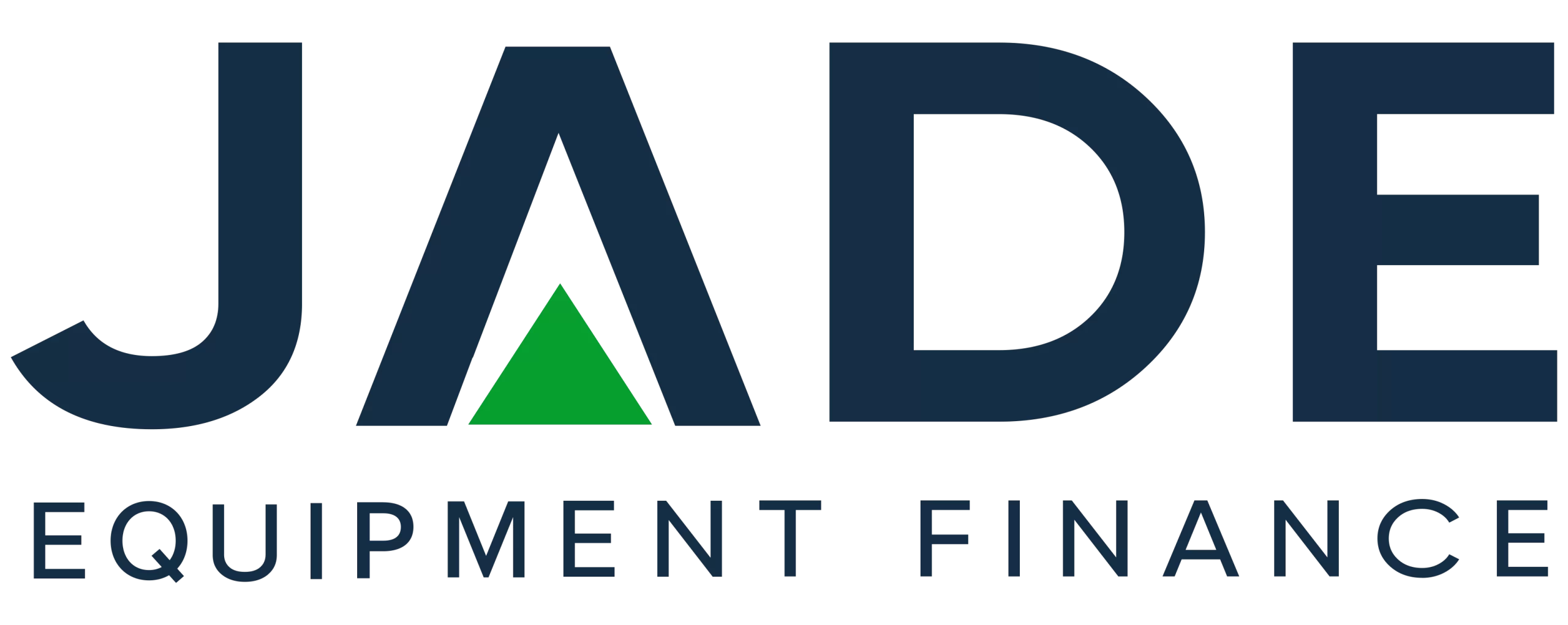The first Tuesday of the month, with the exception of January, is when the RBA Board meets to make its monthly decision on interest rates. More specifically the official cash rate is the overnight rate on lender-to-lender borrowings and the basis on which lending rates, in general, are set by banks and other lenders. In the lead-up to the 1 June 2021 board meeting, there had been much speculation and daresay suggestion, in some financial commentary circles that interest rates should be increased as housing prices soared.
But, in line with previous statements, the RBA held firm on its position and kept the cash rate on hold at 0.1%. The level it has been at since the last rate cut in November 2020. For many, the decision to hold rates steady did not come as a surprise. So much so that amidst the coronavirus outbreak in Victoria, it only rated a minor mention in the press. But as this was the first RBA board decision since the Federal Treasurer delivered the 21/22 Budget, the last before EOFY and as Victoria was amidst a fourth lockdown, businesses might have been awaiting the outcome to finalise their equipment acquisition plans for this financial year.
The decision to hold rates steady may be in itself unremarkable at this time. But it is always helpful to study the RBA statement accompanying these announcements to get an insight into the Board’s intentions moving forward.
RBA June Decision Statement
Philip Lowe, Governor of the RBA, issued the traditional statement following the 1 June board meeting, stating it was decided to hold the current monetary policy settings. This involves the cash rate; the 3 year Government bond yield; the bond purchase parameters; and the Exchange Settlement balances rate.
In the release, the continuing recovery across the global economy was mentioned with the outlook pointing to strong growth over this and next year. Again it was noted that not all countries were recovering at an equal rate as some were still facing challenges in containing the coronavirus.
Inflation remains low and beneath the central bank target however, commodity prices are at higher levels than at the start of 2021 and trade on a global basis was increasing. Stronger than expected growth in the Australian economy continued and the forecast is for this trend to continue further. The RBA expects GDP in 2021 to see the growth of around 4.75% and for 2022 3.5%.
These forecasts were tempered with the mention of possible outbreaks of coronavirus created reason for uncertainty. This uncertainty should diminish as more of the Australian population are vaccinated.
Unemployment at a level in the sub 5% range was previously indicated as a target for the RBA to consider any rate increases. The statement acknowledges that unemployment is dropping faster than earlier anticipated with the April rate at 5.5%. A 5% unemployment rate could be expected later in 2021. Balanced against that was the note of high job vacancies and labour shortage in some sectors.
Inflation is another key indicator for any rate increase with the RBA Governor repeatedly stating a rate of 2% to 3% was their target. At the moment, while inflation and growth in wages both remained subdued, increases in both could be expected.
As a sign for businesses looking to make forward planning decisions, the RBA expects the 2021 inflation rate to be 1.5% and to reach around 2% in mid-2023. The CPI inflation rate is expected to see a temporary 3% increase based on June quarter figures. This is put down to issues around COVID-19 pricing structures.
After all the talk about housing prices, it was not surprising to see the market receive a special mention in the RBA June statement. But it was just a note that the board would be ‘monitoring’ the trends in the home loans sector as a result of the price rises as a result of the low-interest rate scenario.
The RBA stressed its focus was on continuing to support the achievement of full employment in the Australian economy. The announcement concluded with a statement reiterating previous statements that a 2-3% inflation target would be sought before the RBA would make any decision on rate rises. It said that would be unlikely until prior to 2024.
Significance for Equipment Finance
As businesses approach the critical end of the financial year, the time to lock in plans to realise tax benefits before 30 June, holding the cash rate at the historic low rate is good news. That means that businesses can look to achieving our current low interest rate equipment finance for some time. Locking in a finance deal on a significant asset acquisition at a fixed interest rate means realising that same low rate over the full fixed term of the finance deal.
While the official cash rate is set at 0.1% that clearly is only the base rate for lenders to establish their borrowing rates. Rates on equipment finance products vary based on the type of equipment being purchased, the industry, borrower credit profile and the type of finance.
We direct you to utilise our equipment loan interest rate comparison chart to see the current rates we are achieving for equipment finance and contact us for a specific quote for your purchase.
Contact us 1300 000 003 for an equipment lending enquiry.
DISCLAIMER: IF MISINTERPRETATIONS, MISREPRESENTATION OR ERRORS EXIST IN THIS ARTICLE, NO LIABILITY IS ACCEPTED. THE INFORMATION IS PROVIDED ONLY FOR GENERAL PURPOSES AND NOT IN ANY MANNER INTENDED AS THE ONLY SOURCE FOR MAKING FINANCIAL DECISIONS. THOSE THAT CONSIDER THEY REQUIRE ADDITIONAL GUIDANCE OR ADVICE SHOULD REFER TO AN INDEPENDENT FINANCIAL ADVISOR.


